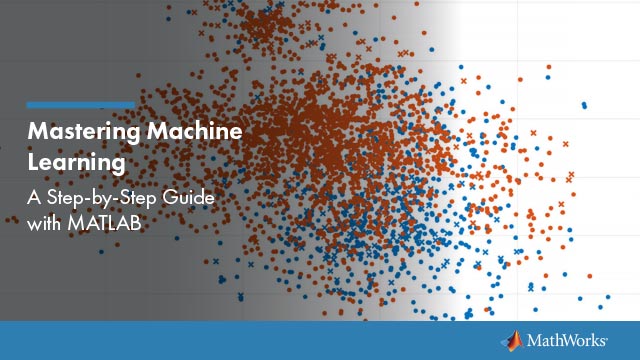Interpretability
Use inherently interpretable classification models, such as linear models, decision trees, and generalized additive models, or use interpretability features to interpret complex classification models that are not inherently interpretable.
To learn how to interpret classification models, seeInterpret Machine Learning Models.
Functions
Objects
ClassificationGAM |
Generalized additive model (GAM) for binary classification |
ClassificationLinear |
Linear model for binary classification of high-dimensional data |
ClassificationTree |
Binary decision tree for multiclass classification |
Topics
Model Interpretation
Interpret Machine Learning Models
Explain model predictions usinglime,shapley, andplotPartialDependence.
Shapley Values for Machine Learning Model
Compute Shapley values for a machine learning model using two algorithms: kernelSHAP and the extension to kernelSHAP.
Introduction to Feature Selection
Learn about feature selection algorithms and explore the functions available for feature selection.
Interpretable Models
Train Generalized Additive Model for Binary Classification
Train a generalized additive model (GAM) with optimal parameters, assess predictive performance, and interpret the trained model.
Train Decision Trees Using Classification Learner App
创建和比较分类树,export trained models to make predictions for new data.
Classification Using Nearest Neighbors
Categorize data points based on their distance to points in a training data set, using a variety of distance metrics.

